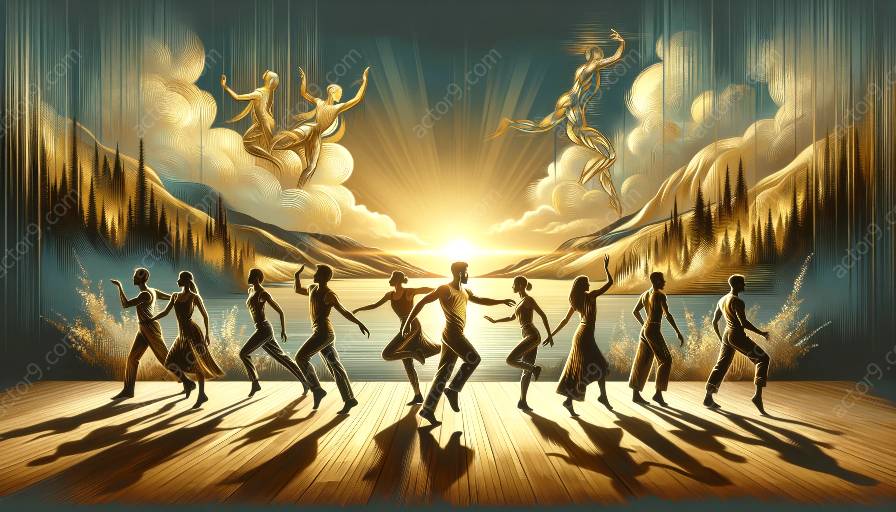In today’s rapidly evolving world, the art of storytelling is taking on new forms and dimensions. With technological advancements and changing audience expectations, physical storytelling and acting techniques are being reimagined, opening up new possibilities for creative expression and audience engagement.
The Evolution of Physical Storytelling
Physical storytelling has long been a powerful form of communication, utilizing the body, gestures, and movement to convey narratives and emotions. From ancient traditions such as mime and physical theater to modern-day dance performances and immersive theater experiences, the art of physical storytelling has captivated audiences across cultures and generations.
Technological Innovations
As technology continues to advance, the boundaries of physical storytelling are being pushed in exciting new directions. Virtual and augmented reality are creating immersive narrative experiences where audiences can interact with the story world in unprecedented ways. Motion capture technology and interactive installations are enabling performers to bring characters and environments to life in ways previously unimaginable.
Experiments in Interactive Narratives
Experimental storytelling techniques are challenging traditional conventions, inviting audiences to participate and co-create narratives. Interactive theater productions, site-specific performances, and alternate reality games are blurring the lines between storytelling and real-life experiences, offering dynamic and participatory engagement.
The Convergence of Physical Storytelling and Acting Techniques
Acting techniques have always been integral to physical storytelling, as performers use their bodies and emotions to convey compelling narratives. With the rise of immersive and site-specific storytelling experiences, actors are expanding their repertoire to engage audiences in non-traditional spaces, creating unique and intimate connections.
Embracing Physicality in Performance
Physical storytelling techniques and acting methods are converging to emphasize the use of the body as a primary storytelling tool. From movement-based theater to experimental ensemble performances, actors are exploring the boundaries of physical expression to convey complex emotions and narratives.
Integrating New Technologies with Acting
Integrating technology with acting techniques is opening up exciting possibilities for performers. Motion-capture performances, interactive installations, and digital storytelling platforms are enabling actors to engage with audiences in innovative ways, blending traditional acting methods with cutting-edge technology.
Creating Immersive and Transformative Experiences
As physical storytelling and acting techniques evolve, the potential for creating immersive and transformative experiences is expanding. Audiences are no longer passive observers but active participants in the unfolding narratives, blurring the boundaries between fiction and reality.
Shift in Audience Engagement
With the rise of interactive and participatory storytelling, audiences are becoming co-creators of the narrative experience. Immersive and site-specific performances are transforming the relationship between performers and audiences, fostering deeper connections and emotional resonance.
Exploring New Narratives and Perspectives
The evolving landscape of physical storytelling and acting techniques is enabling storytellers and performers to explore diverse narratives and perspectives. Through immersive experiences and experimental techniques, artists are challenging societal norms and inviting audiences to embrace new ways of understanding and empathy.
Embracing the Future of Physical Storytelling and Acting
As innovation continues to drive the evolution of physical storytelling and acting, the future holds endless possibilities for creative expression and audience engagement. By embracing new technologies, experimental narratives, and collaborative approaches, storytellers and performers can shape a future where physical storytelling transcends boundaries and continues to captivate and inspire audiences.













































